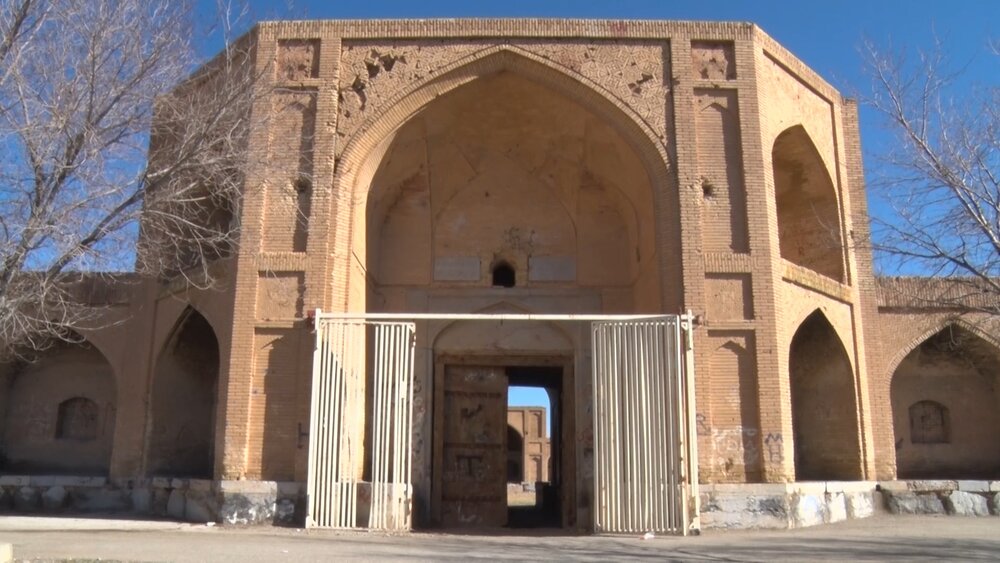Restoration work completed on centuries-old caravanserai in central Iran

TEHRAN - A restoration project has been completed on the Safavid-era (1501-1736) Sheikh Ali Khan Zangeneh Caravanserai in Shahinshahr va Meymeh county, central Isfahan province, a local tourism official has announced.
A budget of 500 million rials (about $12,000 at the official exchange rate of 42,000 rials per dollar) was allocated to the project, Javad Chehrazi said on Sunday.
With the aim of preparing the historical inn for possible inscription on the UNESCO World Heritage list, the project involved repairing rooftops, flooring as well as courtyard and entrance gate, the official added.
Also known as Chaleh Siah, the caravanserai has been inscribed on the national heritage list.
Iranian caravanserais being ready for collective UNESCO tag
Iran has put forward a selection of 56 caravansaries as a candidate for a collective inclusion in UNESCO’S cultural heritage list,
Last year, the tourism ministry announced that Iran is developing a dossier for a selection of its historical caravanserais for a possible inscription on the UNESCO World Heritage list. In this regard, cultural heritage experts are assessing such monuments that are scattered across the country to make a shortlist in terms of their architecture, historical and cultural values.
Caravansary is a compound word combining “caravan” with “sara”; the former stands for a group of travelers and the latter means the building. They often had massive portals supported by elevated load-bearing walls. Guest rooms were constructed around the courtyard and stables behind them with doors in the corners of the yard.
Iran’s earliest caravanserais were built during the Achaemenid era (550 -330 BC). Centuries later, when Shah Abbas I assumed power from 1588 – to 1629, he ordered the construction of network caravanserais across the country.
Such roadside inns were originally built in various epochs along ancient caravan routes in the Muslim world to shelter people, their goods, and animals. The former Silk Roads may be the most famous example dotted by caravanserais.
ABU/AFM

Leave a Comment